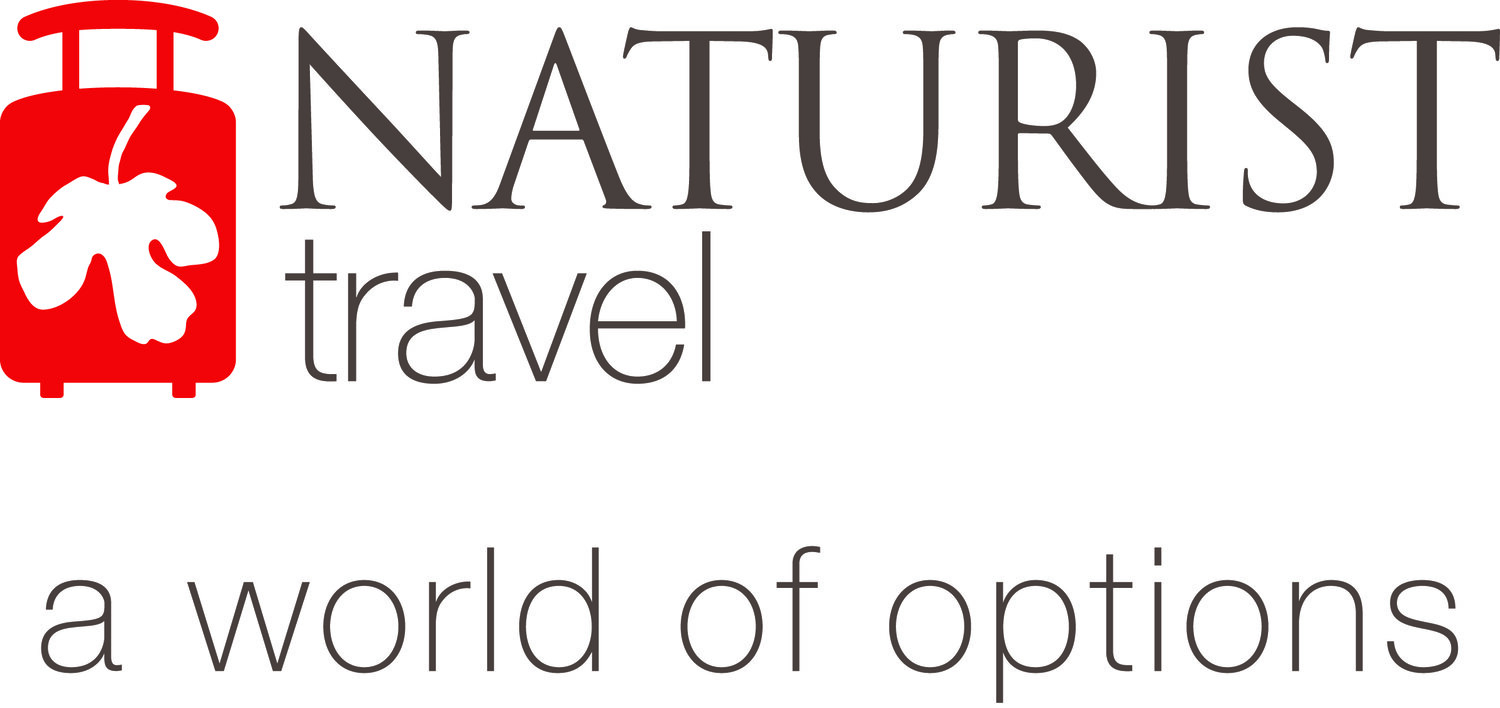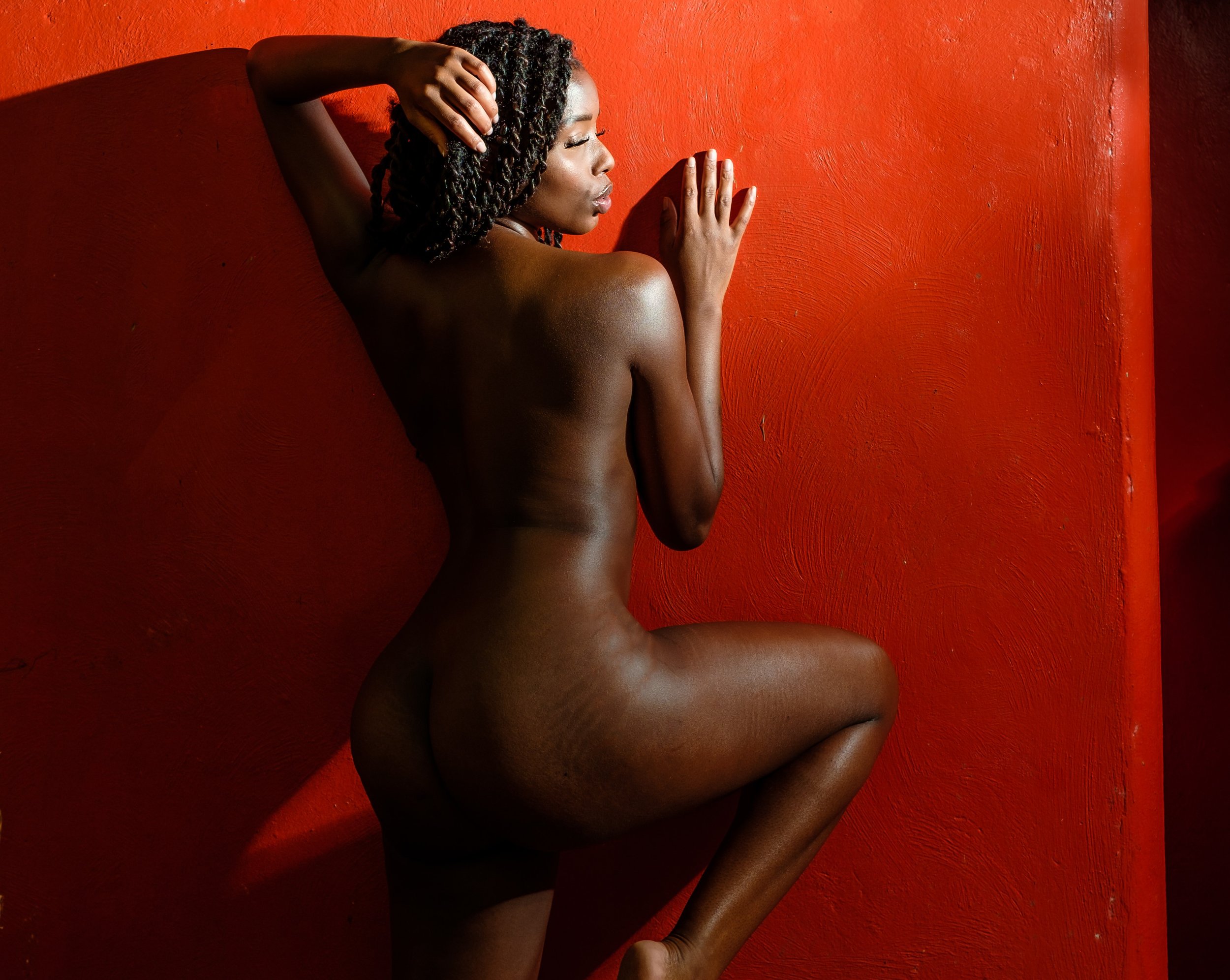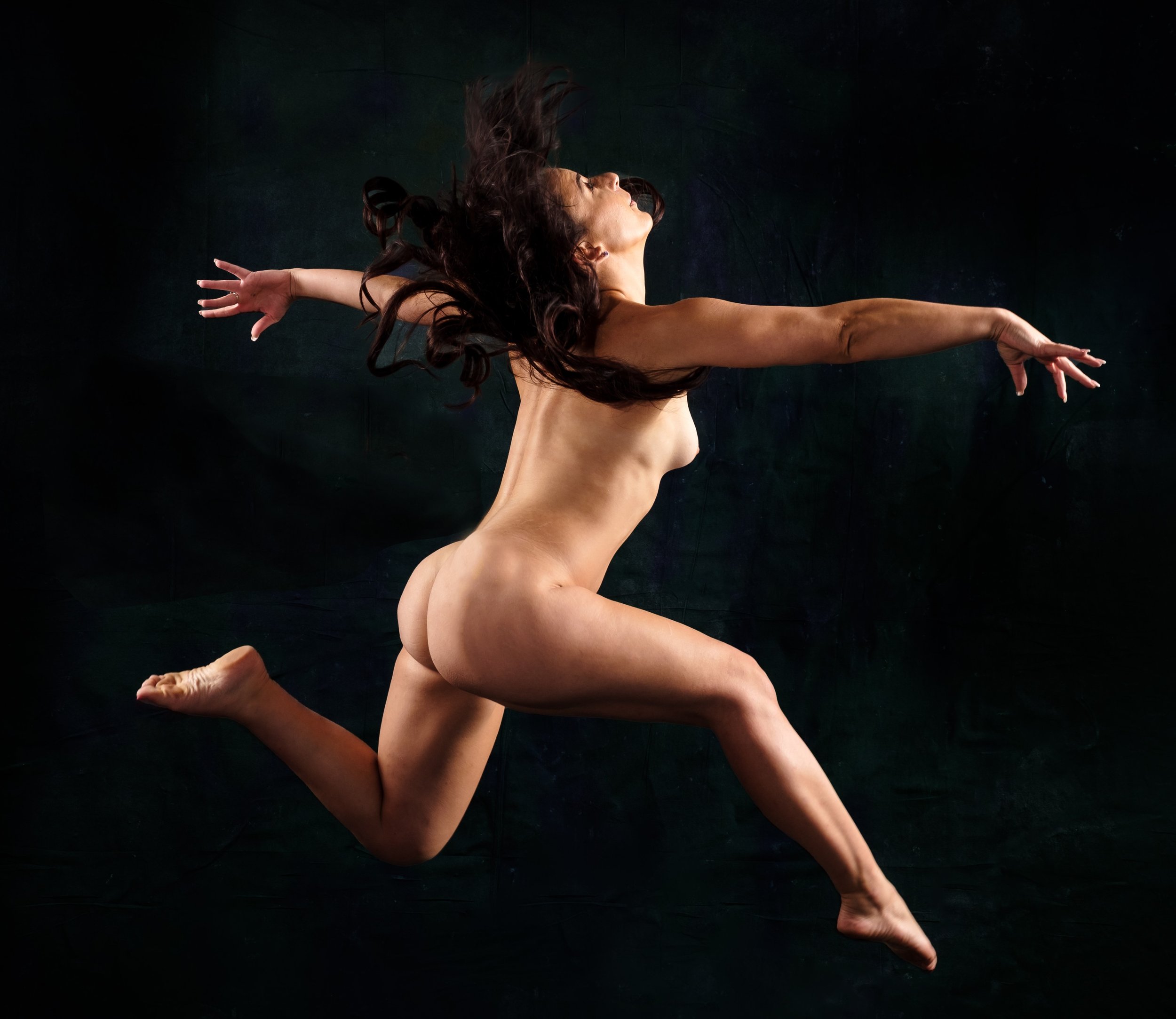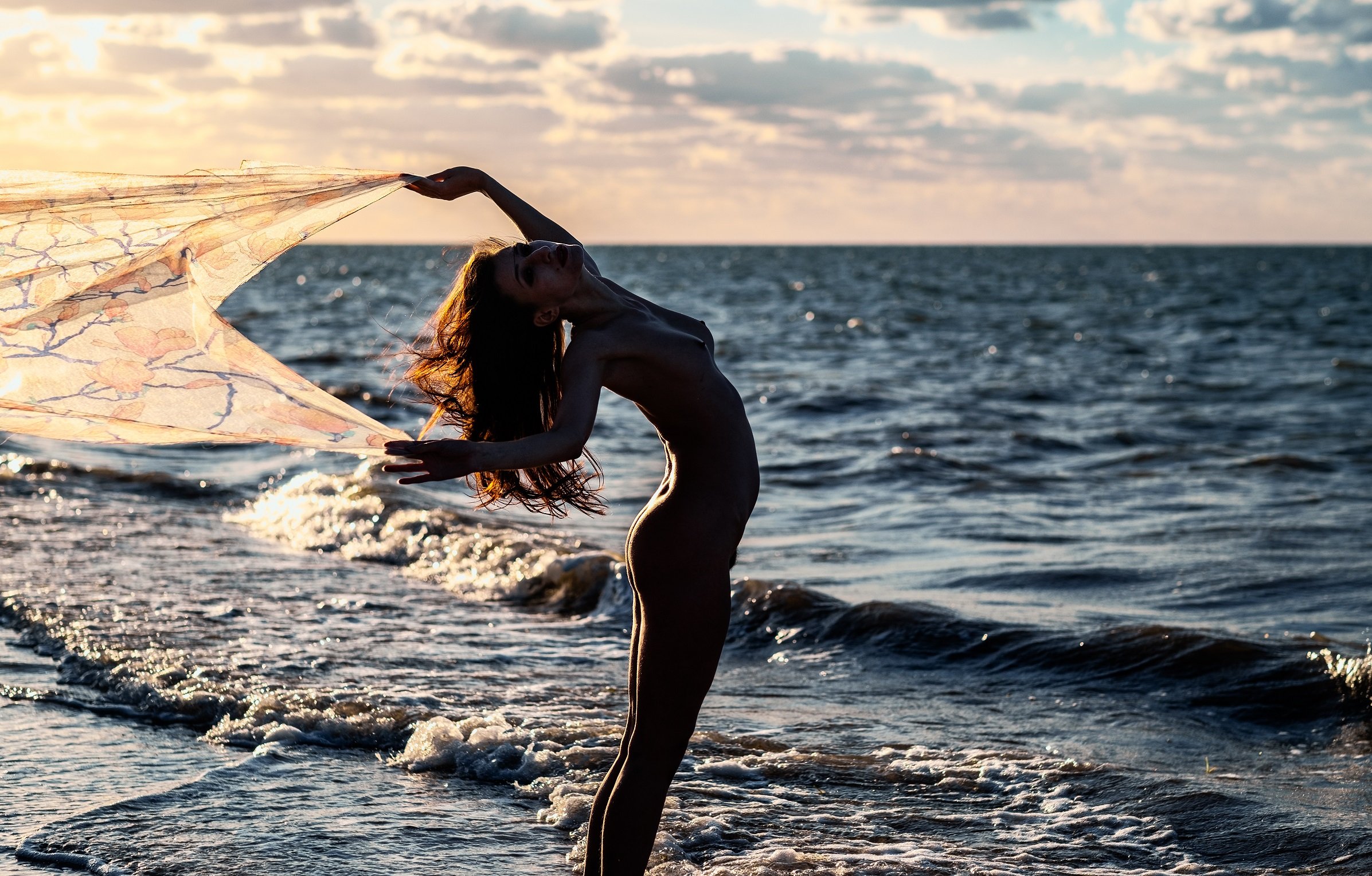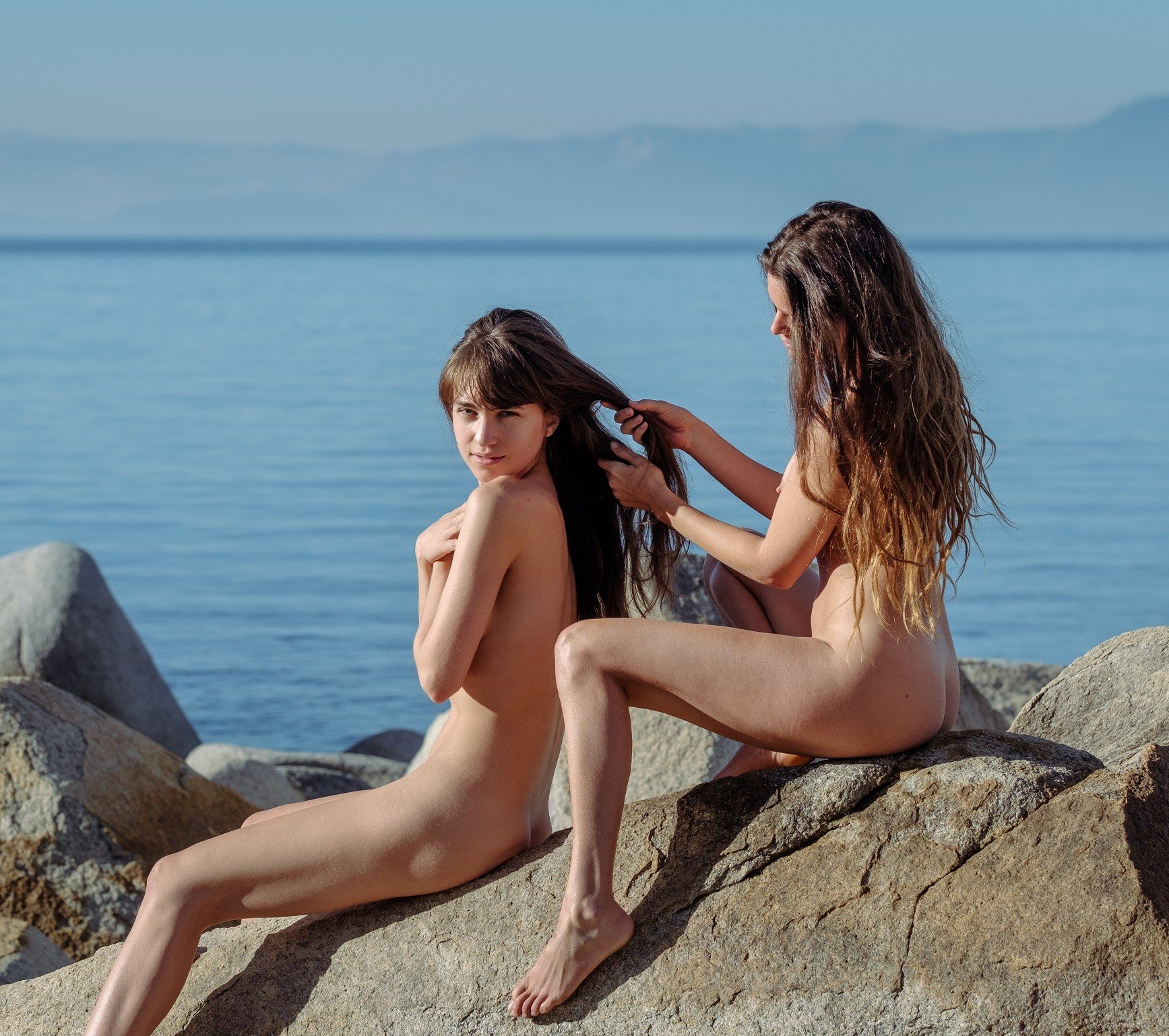South of the border
Colin Ward headed down Mexico way to shoot his new book of art nudes.
INTERVIEW: South of the border
American photographer Colin Ward headed down Mexico way to shoot his new book of art nudes.
Colin Ward’s latest collection of fine art nude photography, Fine Art Nudes in the Yucatan, features a number of his favourite models, taken on location in Quintana Roo, the north-east state in Mexico that is home both to Cancun and Tulum. It is now available via the blurb.com website, as indeed are a number of Colin’s previous collections, shot in Baja (Mexico), Utah and Lake Tahoe.
“The majority of the photographs I now enjoy taking are of a beautiful human in a beautiful setting,” he explains. “A figure in the landscape, if you want to put a genre label on it. Taking the photos is satisfying in a number of ways. First, the human forms are stunning in their own right, and when transported to these settings, I think they take on an even more magical appearance. An additional satisfaction comes from shooting in public places where the powers-that-be have banned viewing of the nude human form. I am not really sure what gives these people the right to tell us that we shouldn’t be naked there, but I am glad to do it despite their narrow-mindedness!”
Relocation
It will come as no surprise to learn that both Colin and his wife are keen naturists themselves - not always the case with photographers who specialise in the naked form.
“Neither of us were brought up in the lifestyle,” he adds, “but we became naturists when we lived in Texas around 1985. We visited naturist resorts when possible and we were usually nude on our boat. Following our relocation to Florida (Saint Petersburg, near Tampa) we visited nearby naturist resorts including Paradise Lakes. We cruised the Caribbean on our sailboat and were usually naked. And for a number of years, we vacationed on the island of St. Martin, and stayed at what became one of our favourite naturist resorts, Orient Beach. Sadly, it was destroyed by a hurricane a few years ago, whilst our naturist activities have been seriously reduced of late by basal cell carcinoma, a form of skin cancer. But we may still head back to St. Martin soon, slathered with Factor 50.”
Colin’s interest in naturism wasn’t the only thing that sneaked up on him. “I wasn’t raised to be an artist either, although my love for photography began at an early age when I was given a Kodak Brownie box camera. I took vacation photos and learned to develop and print photos before I was a teenager. I squeezed in a college class on photography while I was studying engineering at Ohio State University, and one of the highlights was getting to photograph the Indianapolis 500 from the paddock. But I went on to be an engineer and manager in manufacturing for almost thirty years, and whilst photography was always my main hobby, it wasn’t until I took early retirement - which allowed my wife and myself to spend ten years sailing in the Caribbean and down the US east coast - that I was able to spend more time doing it.”
As Colin's creative side developed, he started composing and recording songs, and eventually joined and played in a band. “We had some local success,” he shrugs, “but ultimately, I thought that my artistic vision would be better served by photography. I am mainly a portrait photographer, but I try to make all my photos creative fine art, whether nude or not. I’d say that the split between my nude and non-nude work is currently around 50:50.”
Despite the inherent prudery of many of his fellow Americans, he reports that “there are a lot of fine art nude models all over the US and Canada. And sometimes, local models and their acquaintances see my work and want to try a nude shoot. There are also organised events that make photographing more than one nude person practical. And yes, my models are typically but not exclusively female.”
Methods
Colin uses a variety of shooting methods, and different ways of promoting himself.
“I have a studio, plus I shoot on location. The studio obviously provides greater control of lighting and posing, but lacks an interesting environment. Most of my fine art nude work is created in situ. I mainly shoot in the USA and in Mexico. Living in the former means there are no travel restrictions to worry about, and Mexico is close by and offers a wide range of very different settings and backgrounds.
“I have a website, an Instagram page and a Facebook page. Although Instagram doesn’t allow full nudity, it is a good resource for spreading the word, and requires a minimal amount of hiding certain body parts. I also post on the Model Society pages. And there are a lot of online "magazines" that will publish your work. Publishing in this case might mean you’re reaching ten people, most of whom also have work in the magazine, so I don’t take magazines of this type too seriously. I have been published in printed magazines that are on the shelf at bookstores however, and that is exciting.
“To be honest, however, I wouldn’t go as far as to say that what I’m doing is a second career, but it’s fun. I exhibit my work in art shows and galleries, and self-publish books of my work. I also get a lot of positive feedback, which is good, but that doesn’t necessarily always translate into sales!”
He calls technology a mixed blessing “because it makes creating anything easier and therefore more plentiful. An increasing supply satisfies the demand more easily, and prices fall. I saw this as a singer/songwriter (any computer can be a recording studio) and I see it as a photographer ($10 per month gets you Lightroom and Photoshop subscriptions). So only the very best or luckiest creators will stand out from the crowd. Nude photography in itself is not a rarity anymore. Anyone can get online and look at nude photos. So the fine art nude has to be unique and of high quality to attract attention. If you haven’t come across them, some of my own personal favourite photographers are Damien Lovegrove, Lindsay Adler and David Dubnitskiy. I’d recommend anybody who loves great photography to check them out.”
Colin agrees that life has been good to him, and describes himself as “a positive person who finds the constant negativity in the news and on the media to be frustrating and depressing.
“What better way is there to be positive,” he asks, “than to create magnificent images of the human form in stunning settings? I hope, in my own small way, that what I do is my response to negativity.”
